Picture this: You've just clicked "buy" on that pair of shoes you've been eyeing for weeks. They arrive, you unbox them with giddy anticipation, and they don't fit. Sigh.
At Kizik, we believe your shoe shopping experience should be nothing short of perfect, starting with the fit. Measuring your shoe size at home is not only easy but ensures you're on your way to walking, running, and movingin shoes that feel like they were custom-made for you.
Let's dive into how you can sidestep the hassle of returns and step directly into comfort with the right size.
Why is knowing your accurate shoe size important?
Nailing the right fit is essential for several reasons. Wearing the wrong shoe size isn't just uncomfortable, it can lead to a parade of foot problems, such as blisters and bunions.
The right fit also supports foot health and ensures proper alignment that prevents issues from shoes that are too tight or too loose. If you're into active shoes, the correct size can improve your performance by providing the right support where your foot needs it most.
Knowing your shoes fit perfectly also removes that nagging worry about slips, trips, or tight squeezes. Properly fitted shoes also wear down more evenly and extend the life of your favorite pair of kicks.
What do you need to measure your shoe size at home?
Measuring your shoe size at home is straightforward, and you don't need any fancy equipment.
Here's what you’ll need:
- A sheet of paper: You’ll need a sheet that’s large enough to stand on with a bit of extra space around your foot. For larger feet, go ahead and tape two sheets together.
- A tape measure or a ruler: This will help you measure the length and width of your foot in inches or centimeters.
- A pen or pencil: You’ll need something for tracing and marking. Choose something that won’t smudge or erase easily.
- A flat surface: Ensure it's hard and even for accurate tracing and measuring.
These simple tools will help you get all set to take the first step toward ordering that perfect fit.
How do you prepare for foot measurements?
Getting ready to measure your foot is almost as important as the measurement itself.
Here’s how to prep:
- Pick the right time of day: Believe it or not, feet swell throughout the day due to walking and standing. Measure at the end of the day to capture your foot at its largest size. This will ensure your new shoes fit comfortably all day long.
- Wear your socks: If you’re planning to wear socks with your new shoes, wear them during the measurement. This is especially true for running shoes or winter boots, where thicker socks are more the norm.
- Stand for a more accurate measurement: When you stand, your foot flattens out and lengthens. Standing while tracing mimics how your foot will be in shoes and will lead to a more precise measurement.
What's the step-by-step process to measure shoe size?
Now that you've got your measuring station set up and you're prepped for accuracy, let's cover some steps to pinpoint your perfect shoe size:
1. Lay down the paper
Place your piece of paper on a hard, flat surface. Secure it with tape if necessary to prevent slipping.
2. Stand on the paper
Step onto the paper with your foot firmly planted. Distribute your weight evenly to mimic how you would stand in shoes. If you're measuring both feet (which you should for the most accurate fit), start with one foot and repeat with the other.
3. Trace your foot
Carefully trace around the outline of your foot with a pen or pencil held perpendicular to the paper. Aim for precision. Small deviations can impact your measurement. If you need a hand, having a friend do this part can result in a more accurate outline.
4. Measure length
Use your tape measure or ruler to measure the distance from the bottom of the heel to the tip of your longest toe. This measurement gives you the length of your foot. Then, record the number in inches or centimeters.
5. Measure width
Next, measure the width of your foot at its widest part, usually around the ball of your foot. This measurement is crucial for finding shoes with the right width. This ensures a comfortable fit that doesn’t pinch or squeeze.
6. Find your size on a shoe size chart
Armed with your foot's length and width measurements, consult a shoe size chart to determine your shoe size. Remember to check a chart that matches your preferred sizing system in the place you live. (US, EU, UK, etc.).
7. Consider the larger foot
If one foot is larger than the other, use the measurements of the larger foot when selecting your shoe size. Shoes can accommodate a slightly smaller foot, but a shoe that's too small for your larger foot will be uncomfortable.
8. Account for growth or preferences
If you're buying shoes for children or prefer a bit more room in the toe box, consider going up a half size. Depending on your needs, this ensures a bit of growing space for prolonged comfort.
How can you ensure you've got the right shoe size?
After you've measured and matched your numbers to a shoe size chart, you might think you're all set. But ensuring you've landed the right shoe size doesn't end with numbers.
Here's how to double-check that your calculated size will truly fit your feet:
Check the manufacturer's size guide
Before hitting that “buy” button, look at the brand's size guide. Sizes can differ between brands or even within the same brand. A quick check can save you time and ensure a better fit.
Read customer reviews
Other customers can be your best resource. Look for comments on whether the shoes fit true to size, run large, or tend to be snug. This can guide you to adjust your size choice for a perfect fit.
Understand the return policy
Check the return policy before buying. Easy returns or exchanges mean you can shop worry-free, ensuring you find shoes that fit perfectly without any stress.
At Kizik, we've made exchanges and returns as easy as stepping into our shoes. If they're not the perfect match from the get-go, we're here to swap or take them back, hassle-free.
Wear them indoors
Once your new shoes arrive, wear them indoors for a bit. Walk on the carpet to get a feel. Pay attention to any slipping, pinching, or excess pressure on your longest toe or the sides of your feet.
Refrain from test-wearing them outside, as the extra wear can make them ineligible for returns.
Consider the socks
Consider the socks you typically wear with this type of shoe. Thicker socks for boots or thin ones for dress shoes can significantly impact how your shoes fit. Trying on your new shoes with the intended socks will help you decide if you've nailed the size.
Give them time
Some shoes, especially leather shoes and others made from stretchy materials, could require a break-in period. But no shoe should feel uncomfortable or tight right out of the box. A good fit means they're snug but not painful, with enough room to wiggle your toes.
FAQs: Finding your perfect shoe size at home
Do you have more questions? We’ve got you covered.
Do I need to measure both feet?
Absolutely! It's pretty common for one foot to be slightly larger than the other. To avoid any tight spots or unnecessary returns, measure both feet and use the dimensions of the larger one as your guide. This way, you ensure both feet get the room they deserve.
How often should I remeasure my feet?
Feet can change over time due to age, weight fluctuations, or pregnancy. It's a good idea to re-measure your feet whenever you're considering a significant shoe purchase, especially if it's been a year or more since your last measurement. This keeps your shoe size current and ensures a great fit every time.
What if the shoe size chart shows I'm between sizes?
Landing between sizes can be tricky. When in doubt, size up. It's easier to adjust for a shoe that's slightly too big (think insoles or thicker socks) than to suffer in one that's too tight. Plus, this gives your feet a little extra space to swell naturally throughout the day.
How does shoe width affect my size?
Width is just as important as length when it comes to finding a comfortable shoe. If the widest part of your foot feels pinched (even if the length is perfect), you’ll still need a wider size. Luckily, many brands, such as Kiziks, offer wider options.
How can I make slight adjustments for a better fit?
Slight adjustments can often make a big difference. Insoles can provide extra cushioning and fill excess space in a shoe that's a tad too large. Lacing techniques can also improve the fit and feel of your shoes around the width and instep.
Conclusion
Nailing the perfect shoe size from home is more than just a convenience—it's a gateway to enduring comfort, stellar performance, and the sheer joy of motion. With a sheet of paper, a ruler, and a little know-how, you're equipped to find a flawless fit.
At Kizik, we're all about helping you find unbeatable comfort for your adventures ahead.
Sources:
Common Foot Problems, Pain & Causes | Penn Medicine
CHP: Why Good Footwear is So Important for Your Health | CHP
How to Break In Shoes Without Killing Your Feet | InStyle
Coping with the changes your feet undergo as you age | UCLA Health


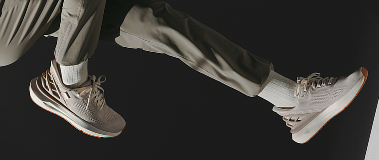


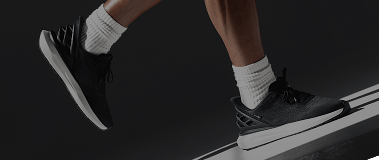
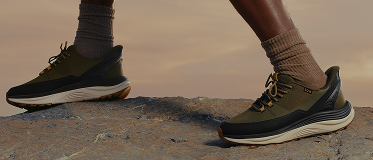
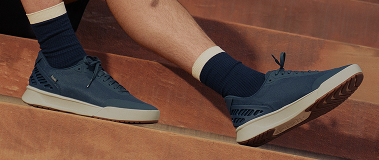
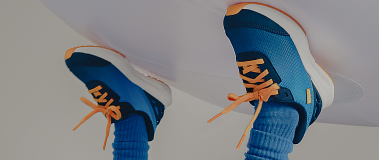






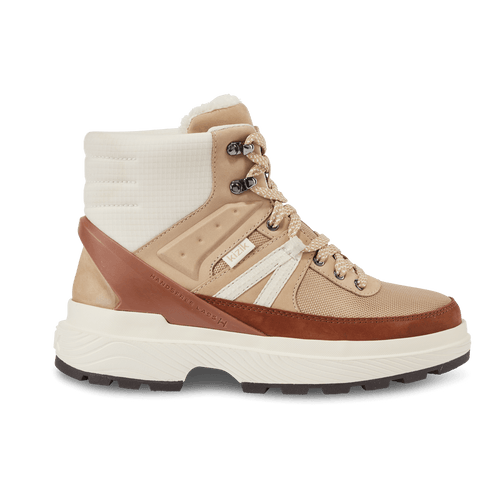
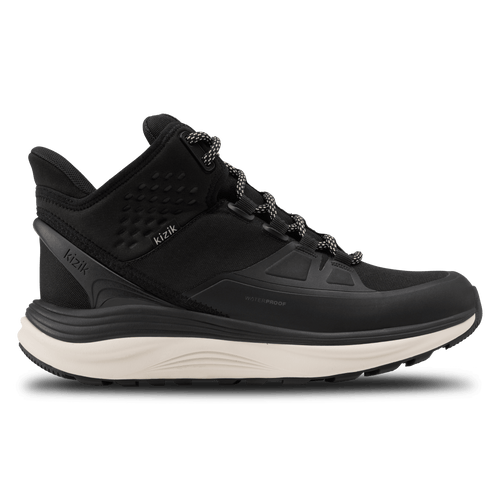





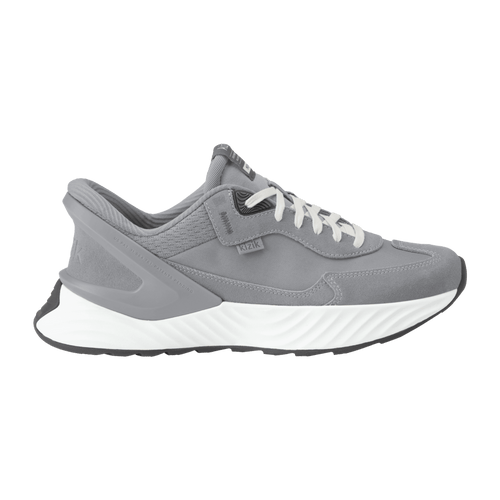


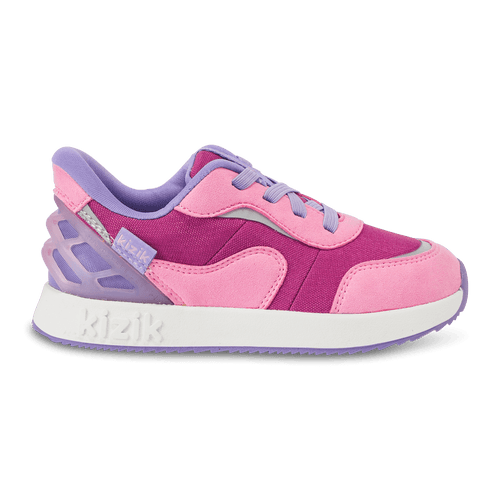

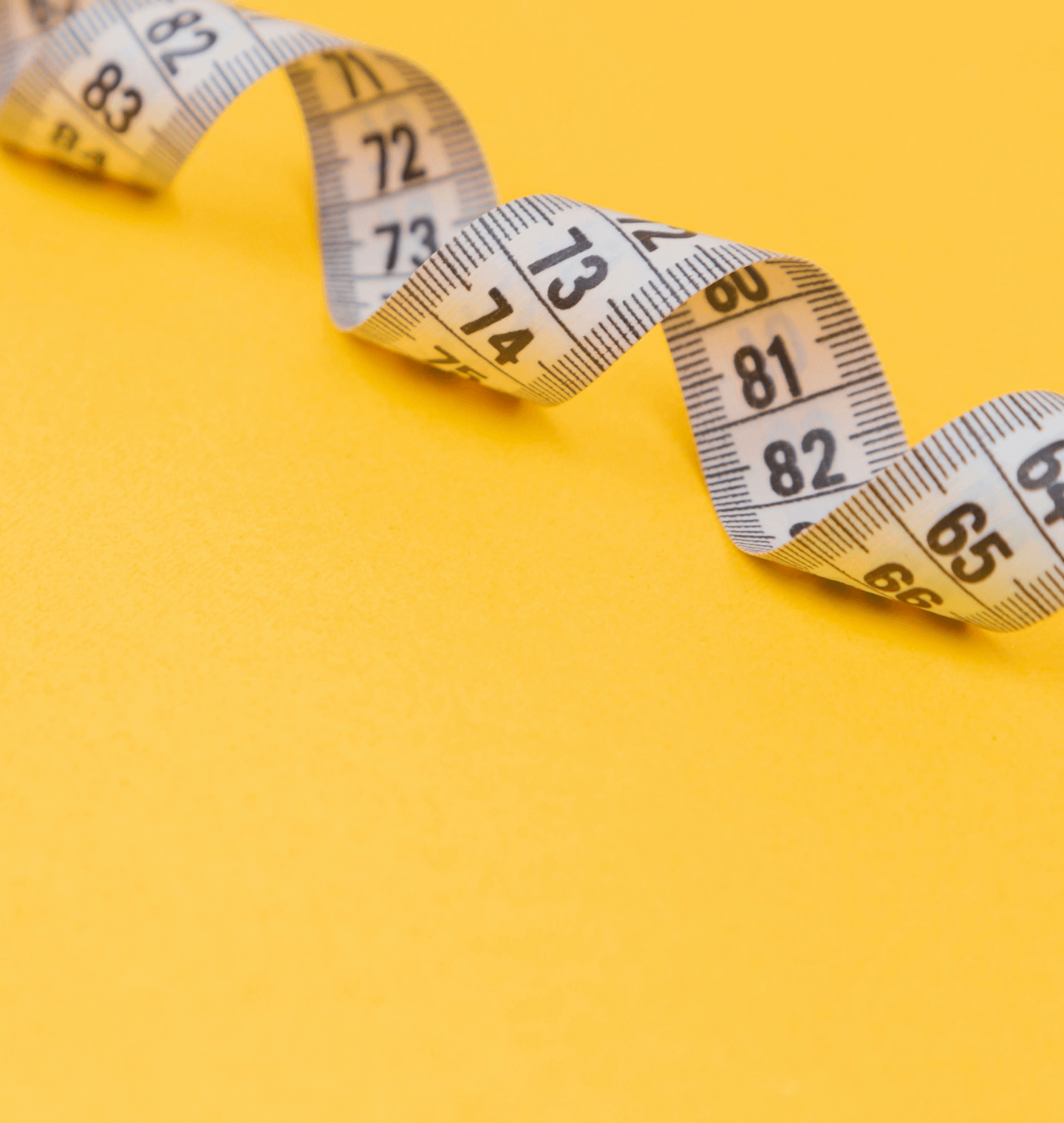
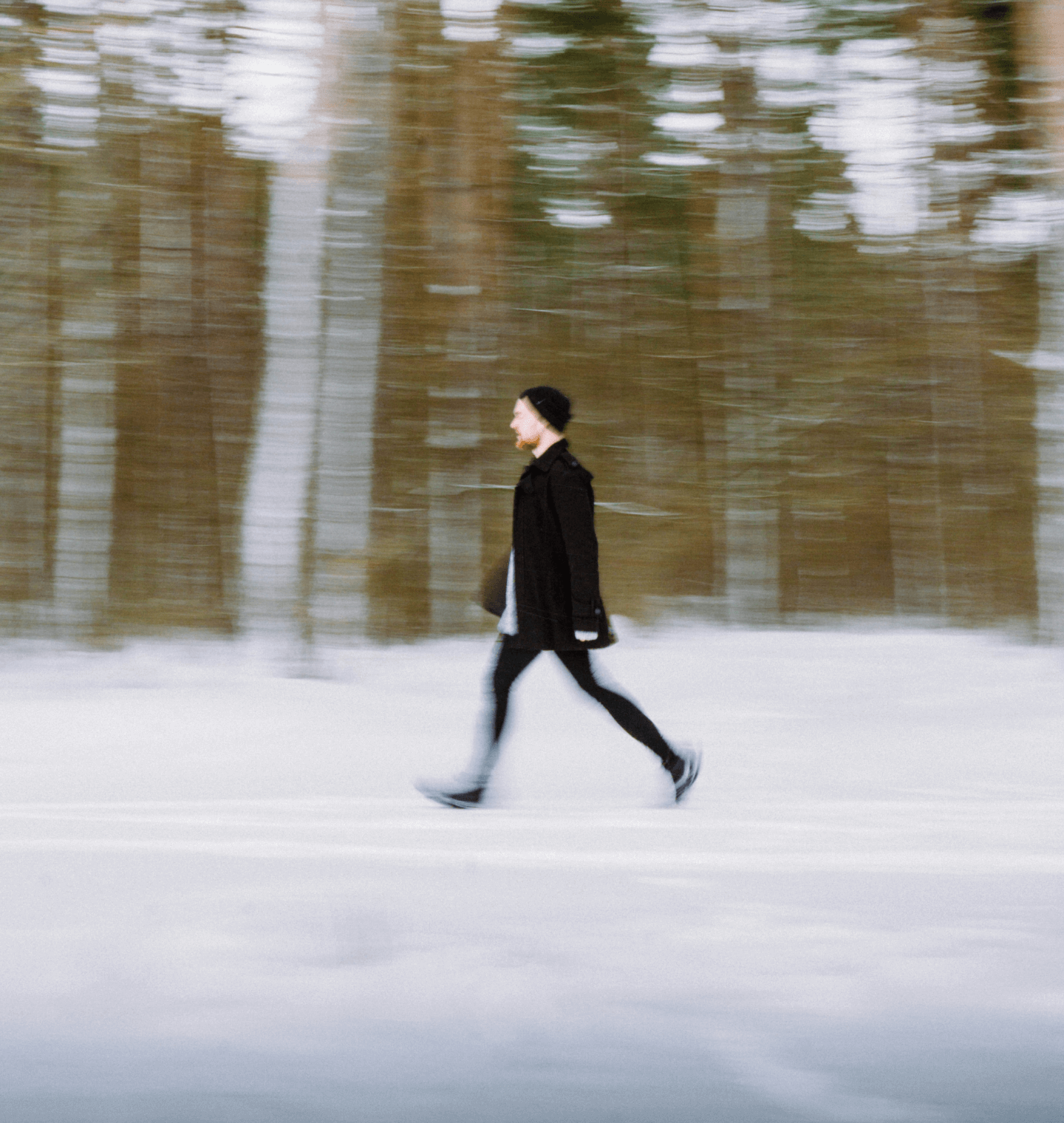
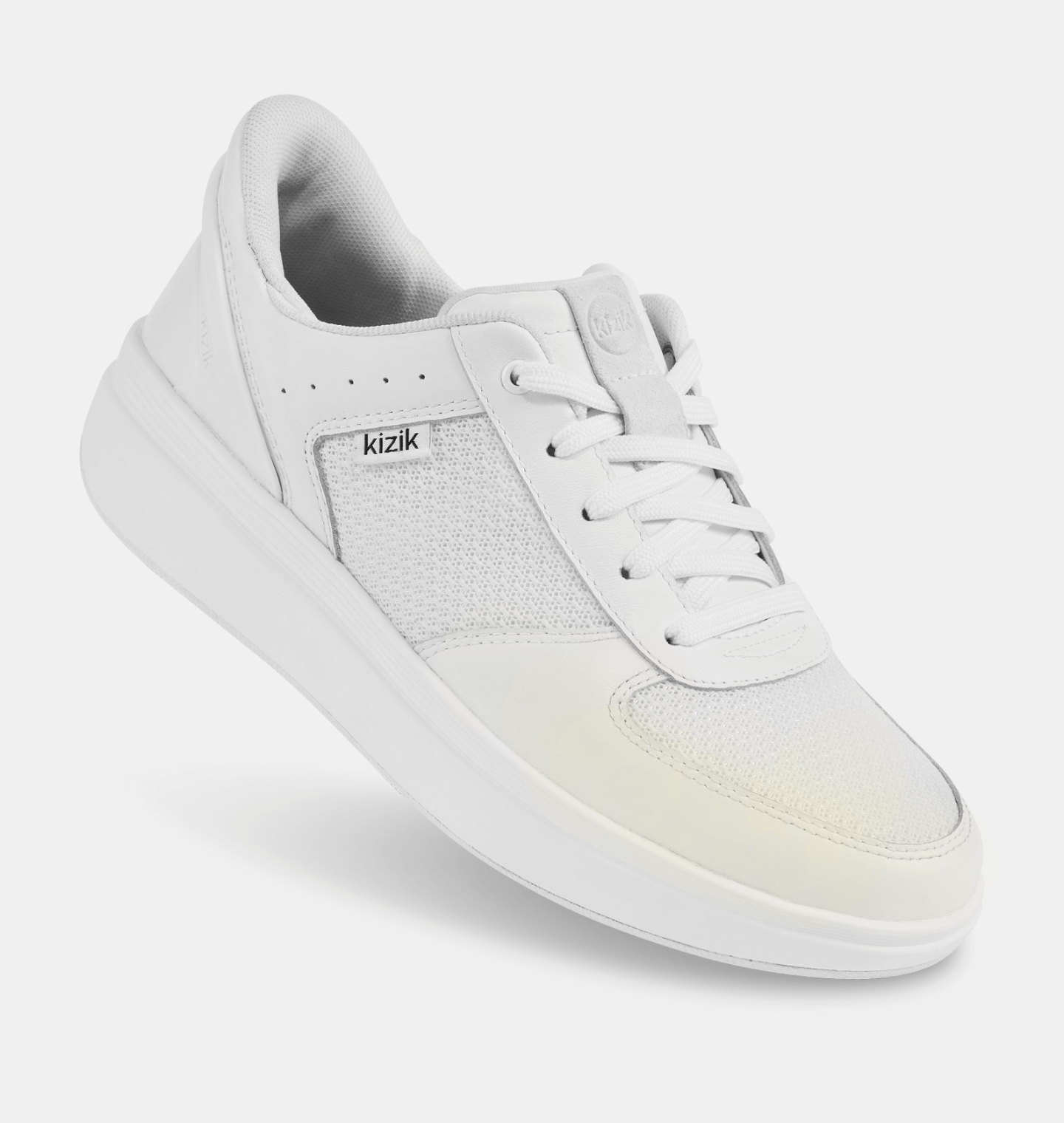
Leave a comment
This site is protected by hCaptcha and the hCaptcha Privacy Policy and Terms of Service apply.